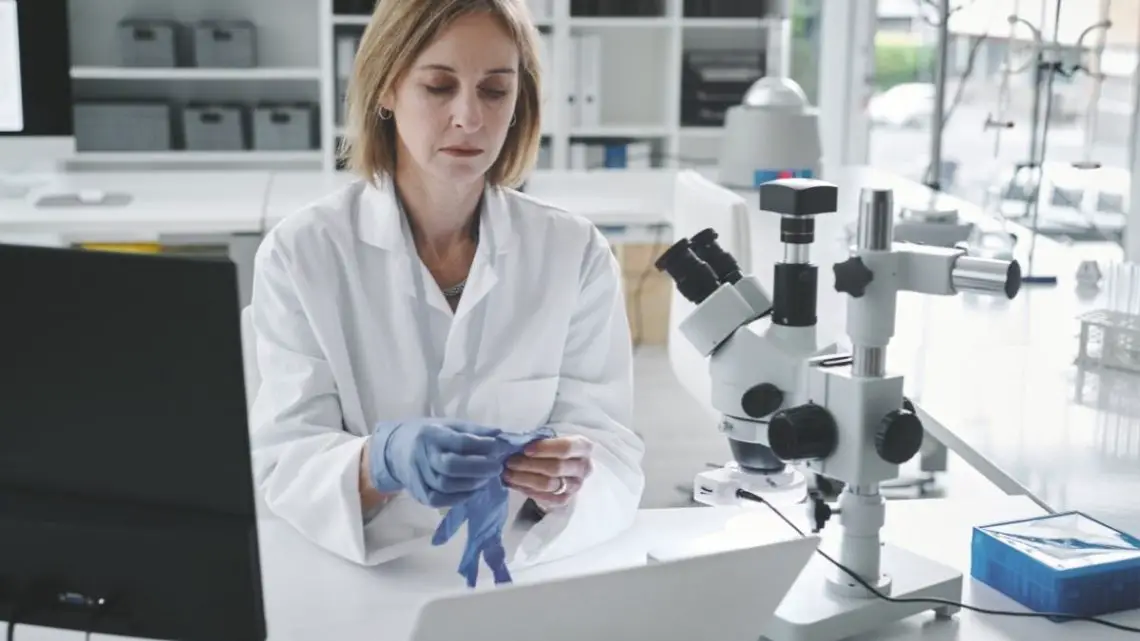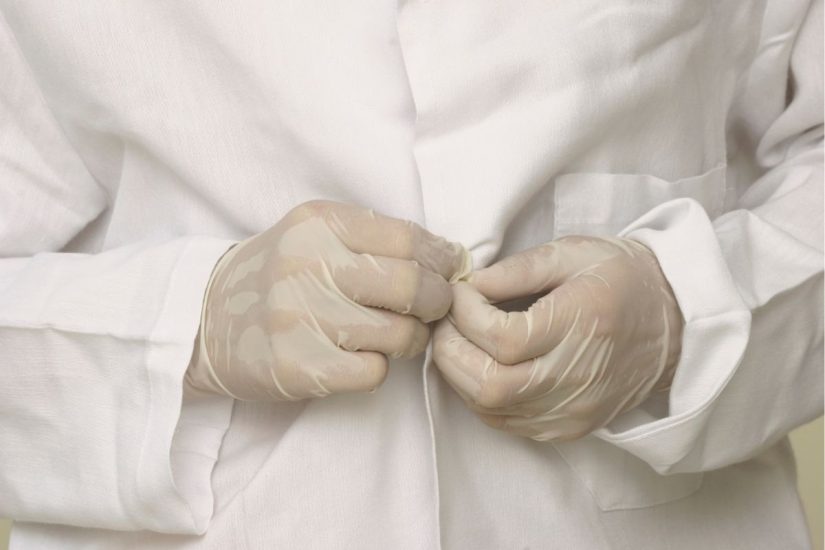
6 Crucial Laboratory Safety Tips
April 28, 2022Laboratories pose potential risks from exposure to toxic and corrosive materials, high-pressure gasses, flammable solvents, dangerous microbes, and explosive chemicals. Laboratories involve multiple safety hazards from electrical equipment, chemicals, and more. Adhering to the set safety guidelines helps prevent laboratory mishaps.
Neglecting laboratory safety may result in minor or life-changing injuries, property loss, reputation damage, litigation, and even death. Most lab accidents can be foreseen and prevented by adhering to safety rules. Discussed below are six crucial laboratory safety tips to consider.
1. Handle lab equipment with care
If mishandled, lab equipment may cause accidents. Before carrying out any experiment, familiarize yourself with the standard operating procedure of every piece of equipment to understand how they work. Keep them in their designated places to enhance familiarity and avoid confusion. Beware of the laboratory safety signs and read them before beginning each experiment. Avoid handling a new machine without training. You can ask for help from trained staff or your supervisor.
2. Don’t eat or drink in the lab
While you may be tempted to bring your favorite food or drink into the lab, especially when working for long hours, don’t. Your food could get contaminated from chemical residues on your hands or lab tables. Eating and drinking in the lab could distract you, causing you to make costly mistakes. It can also mess up the lab, destroying your samples and specimens.
Clean your hands thoroughly before the lab to eliminate the traces of dangerous chemicals, bacteria, tissue, and more. Failure to do so might contaminate other areas, including your work area or lunch tables, causing diseases and other concerns.

3. Dress appropriately
When inside the laboratory, ensure you’ve dressed appropriately at all times. Wear a full-sleeved lab coat, safety goggles, and closed-toe shoes. For those with long hair, tie it to prevent it from getting in the way of your work. Secure dangling jewelry and loose clothes, or avoid wearing them altogether. Wearing proper lab attire as required minimizes the risk to your eyes and skin and reduces contamination possibilities.
4. Follow instructions
Whether you’re listening to your lab supervisor or instructor or using a book/ other printed material, it’s essential to listen, focus and understand the steps involved in an experiment from the beginning to the end. Failure to stick to instructions might endanger yourself, others, and the lab essentials. If there’s anything you’re unsure of, ask for guidance.
5. Be cautious with the chemicals
You need to treat all laboratory chemicals as toxic substances. Don’t let them come into contact with your bare skin, ensure the chemicals are accurately labeled, don’t leave spills for later, and dispose of chemical waste promptly. Use a fume hood for volatile and flammable chemicals and avoid taking excess chemicals than what’s sufficient for your experiment.
6. Know what to do in case of accidents
Even taking the necessary precautionary measures, accidents can still happen. Prepare a plan of action should they occur. If an accident happens, report immediately and ensure any injured persons get immediate medical care. Know where fire extinguishers, eyewash stations, and safety showers are located.
Endnote
Laboratories present a wide array of hazards and risks. However, most of them are preventable. Apply these tips to ensure laboratory safety.




 With over 15 years of reporting hydrogen news, we are your premier source for the latest updates and insights in hydrogen and renewable energy.
With over 15 years of reporting hydrogen news, we are your premier source for the latest updates and insights in hydrogen and renewable energy.